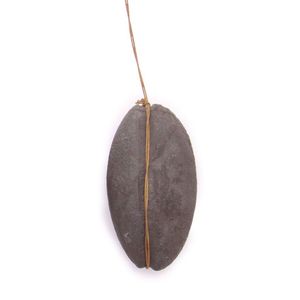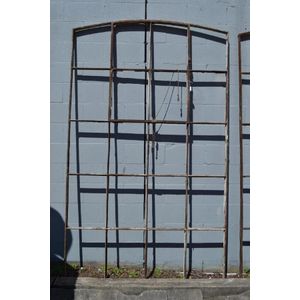Australian Commemorative Medals, 1867-1938
Australia: 1867 HRH Duke of Edinburgh/HMS Galatea (48 mm) C# 1867/2 suspension hole & loop, pitted & edge knocks, G, 1938 Franklin & Tasman/Hobart Regatta Centenary (36 mm) commemorative, Tombac silvered with loop C# 1938/12 x2, also Qv Jubilee medallions 1887 (31 mm) gilded rev. 'Australian Celebration/21 June 1887' surrounding Coat of Arms C# 1887/35 and 1897 (31 mm) gilded '*Diamond Jubilee*/Australias Celebration' C# 1897/27d, plus Kgv Silver Jubilee (25 mm) 'Jubilee/of/King George V/Hobart/Tasmania' C# 1935/8 in silver and silvered. (Qty 7)
You must be a subscriber, and be logged in to view price and dealer details.
Subscribe Now to view actual auction price for this item
When you subscribe, you have the option of setting the currency in which to display prices to $Au, $US, $NZ or Stg.
This item has been sold, and the description, image and price are for reference purposes only.
- Gilding - Gilding is a method of ornamentation whereby a thin sheet of gold metal is applied to items made of wood, leather, ceramics, glass and silver for decorative purposes.
For furniture including mirrors, the sheet of gold is usually applied over a coating of gesso. Gesso is a mixture of plaster of Paris and gypsum mixed with water and then applied to the carved wooden frames of mirrors and picture frames as a base for applying the gold leaf. After numerous coats of gesso have been applied, allowed to dry and then sanded a coat of "bole", a usually red coloured mixture of clay and glue is brushed on and allowed to dry, after which the gold leaf is applied. Over time parts of the gilding will rub off so the base colour can be seen. In water gilding, this was generally a blue colour, while in oil gilding, the under layer was often yellow. In Victorian times, gilders frequently used red as a pigment beneath the gold leaf.
Metal was often gilded by a process known as fire gilding. Gold mixed with mercury was applied and heated, causing the mercury to evaporate, the long-term effect of which was to kill or disable the craftsman or woman from mercury poisoning. The pursuit of beauty has claimed many victims, not the least of which were the artists who made those pieces so highly sought after today.
This item has been included into following indexes:
Visually similar items

A Maori stone sinker (mahe), with flattened ovoid with lashing groove around the long axis. Length 11 cm
Sold by
in
for
You can display prices in $Au, $US, $NZ or Stg.

Antique French tea caddy, with fruitwood stringing and 3 ornate storage containers, 30.5 x 15 cm, 19.5 cm high approx
Sold by
in
for
You can display prices in $Au, $US, $NZ or Stg.

Sold by
in
for
You can display prices in $Au, $US, $NZ or Stg.

Antique French wrought iron industrial double glaze frame window, approx 230 cm high, 150 cm wide
Sold by
in
for
You can display prices in $Au, $US, $NZ or Stg.
